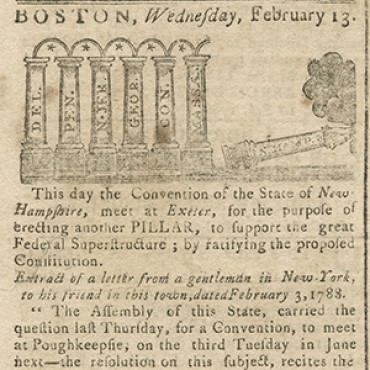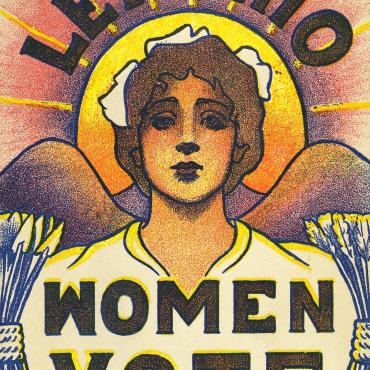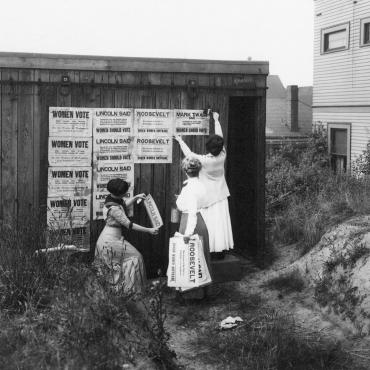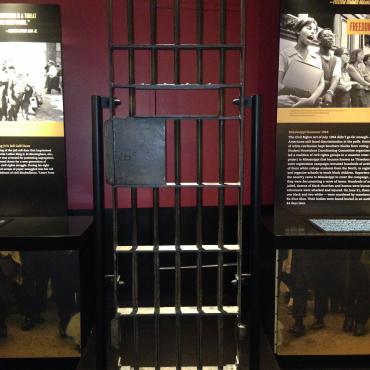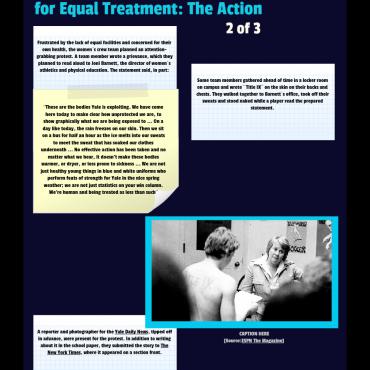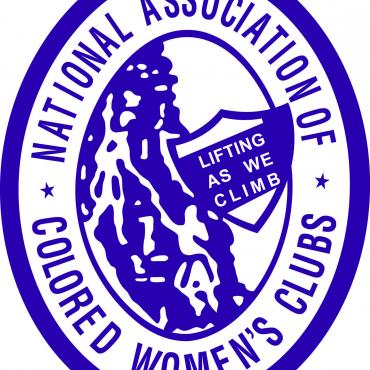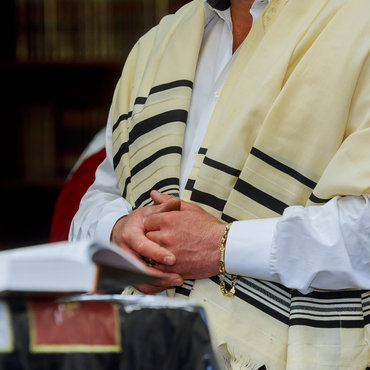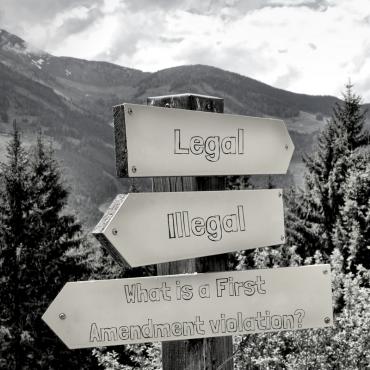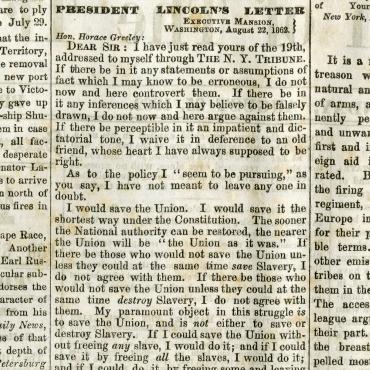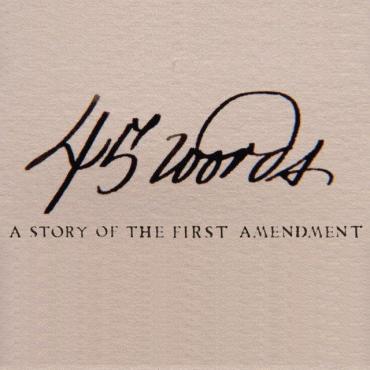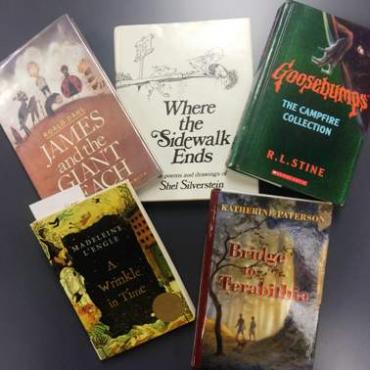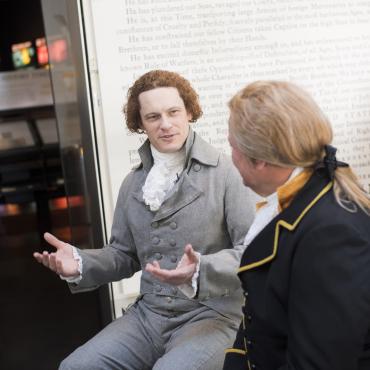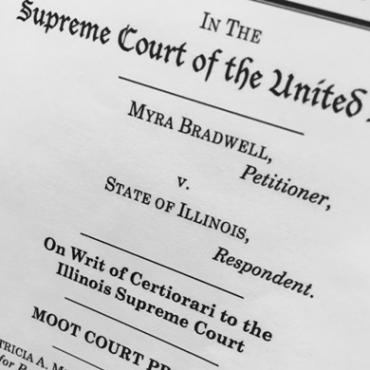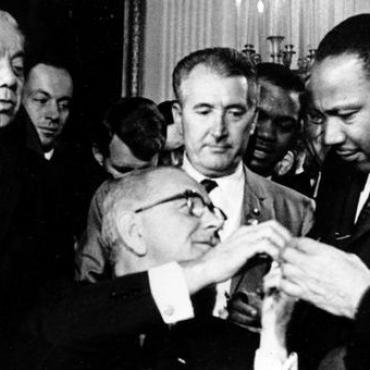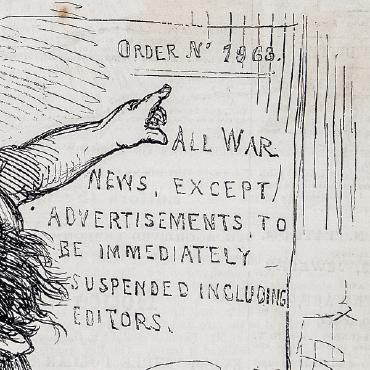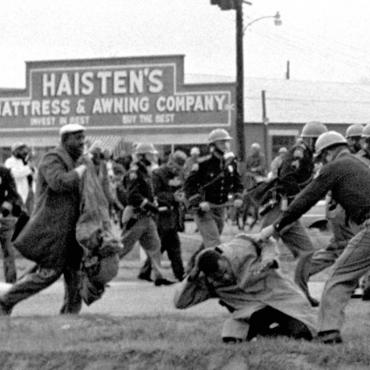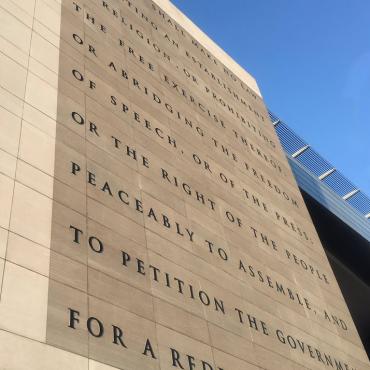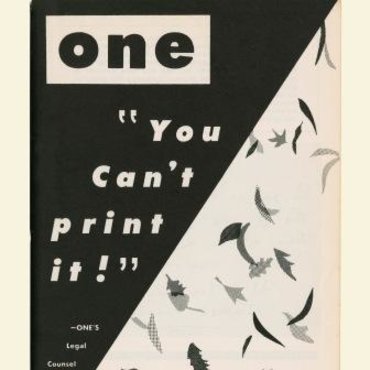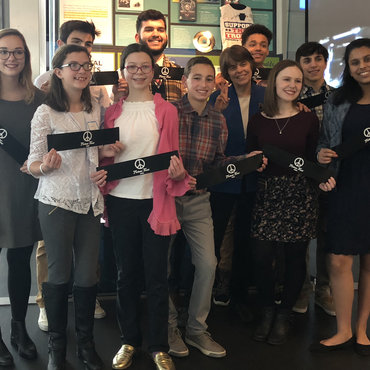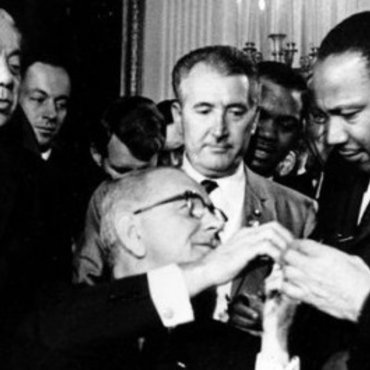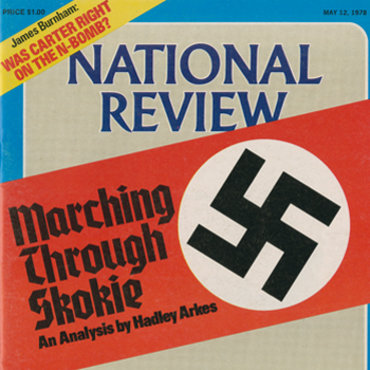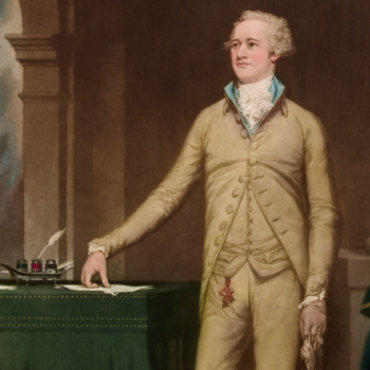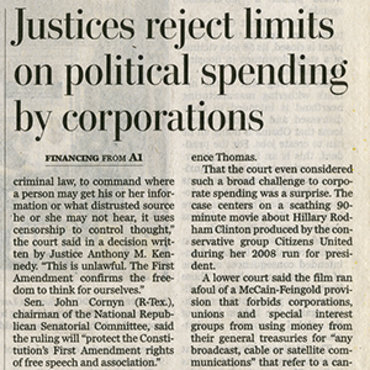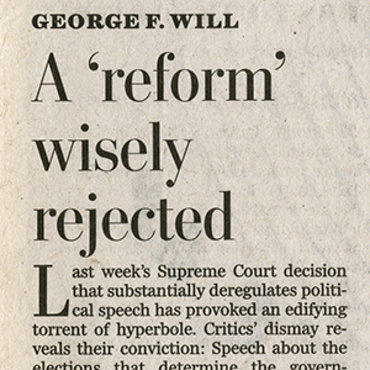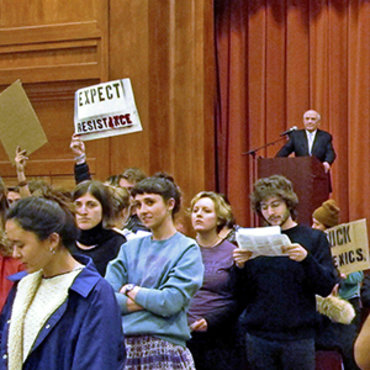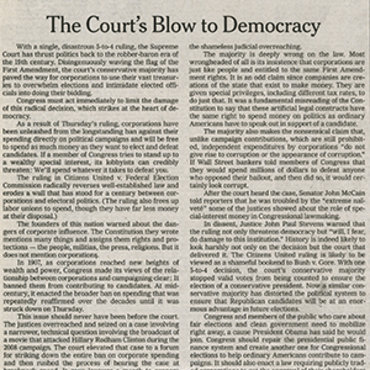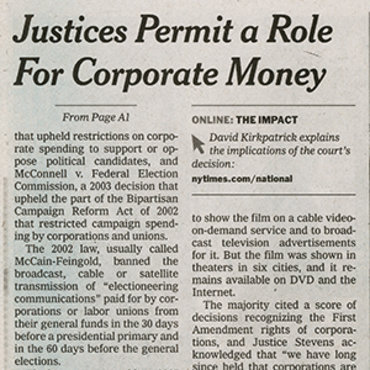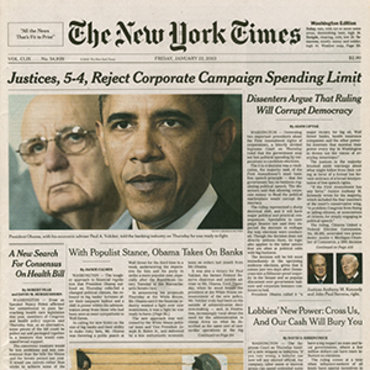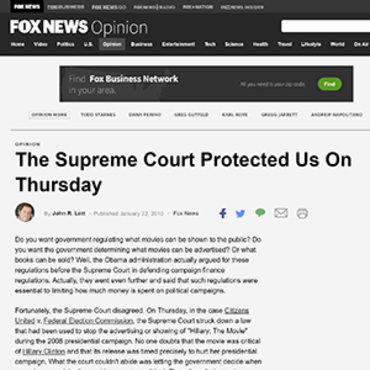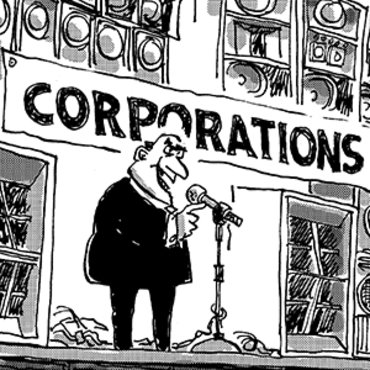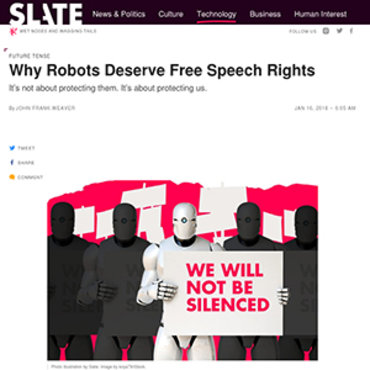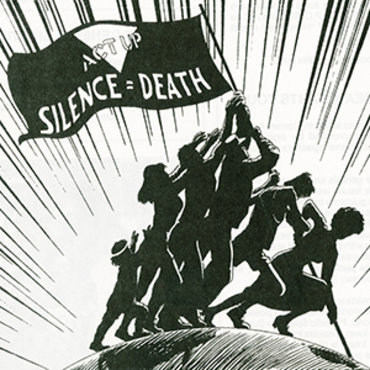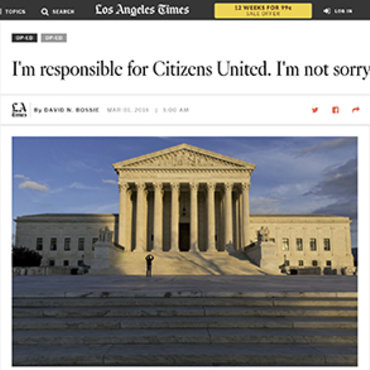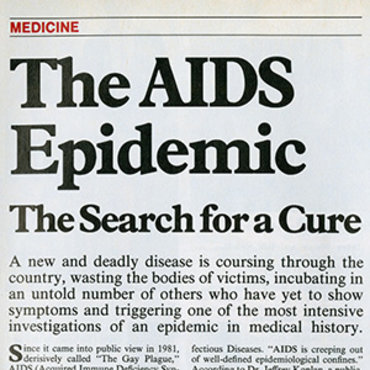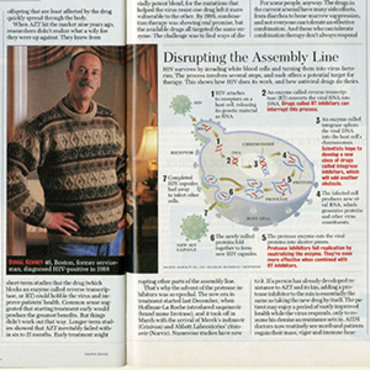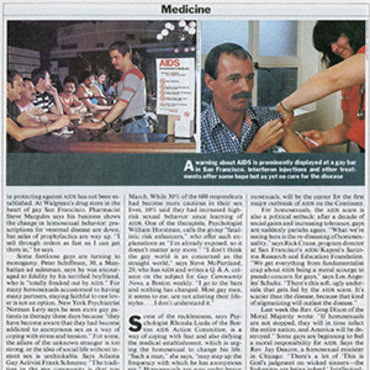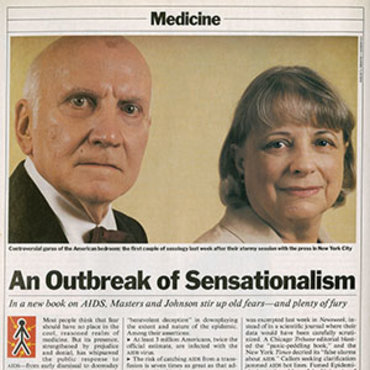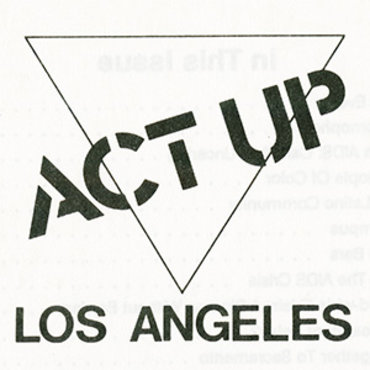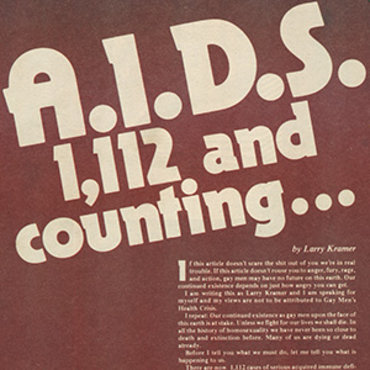
Introduction to the First Amendment: My Five Freedoms
Students will be able to define the five freedoms of the First Amendment and provide examples of how they exercise these freedoms in their lives.
Get even more great free content!
This content contains copyrighted material that requires a free NewseumED account.
Registration is fast, easy, and comes with 100% free access to our vast collection of videos, artifacts, interactive content, and more.
NewseumED is provided as a free educational resource and contains copyrighted material. Registration is required for full access. Signing up is simple and free.
With a free NewseumED account, you can:
- Watch timely and informative videos
- Access expertly crafted lesson plans
- Download an array of classroom resources
- and much more!
- Constitution
- 3-8
- Distribute the First Amendment Basics handout and give students a few moments to read it.
- As a group, talk through the First Amendment, asking students to define each freedom in their own words.
- Distribute the worksheet and have students brainstorm ways in which they use/have used and could use each of the five freedoms. (Students may work individually then pair/share or work in groups.)
- First Amendment Basics handout and My Five Freedoms worksheet (download), one per student or per small group.
Ask students to reflect on the importance of the First Amendment to them, and how it affects their lives. Possible prompts include:
- How do you use the five freedoms already? How do you see yourself using them in the future?
- How would your life be different if these rights were not protected?
- Which freedom is the most exciting? The most useful to you? Used most often?
- Which of these freedoms do you think causes the most controversy/debate and why?
- If you had to eliminate one of these freedoms, which would you pick, and why?
Divide students into five groups, and assign each group one freedom. Have students work individually or as a group to create digital or physical posters that show how their assigned freedom may be exercised. Poster may include words, drawings, collaged images from magazines, newspaper clippings, video links, etc. Display and discuss finished posters.
-
Common Core State Standards: CCSS.ELA-LITERACY.CCRA.R.2
Determine central ideas or themes of a text and analyze their development; summarize the key supporting details and ideas. -
Common Core State Standards: CCSS.ELA-LITERACY.CCRA.SL.1
Prepare for and participate effectively in a range of conversations and collaborations with diverse partners, building on others' ideas and expressing their own clearly and persuasively.
-
National Center for History in the Schools: NCHS.Historical Thinking.5
A. Identify issues and problems in the past. B. Marshal evidence of antecedent circumstances. C. Identify relevant historical antecedents. D. Evaluate alternative courses of action. E. Formulate a position or course of action on an issue. F. Evaluate the implementation of a decision.
-
National Council of Teachers of English: NCTE.12
Students use spoken, written, and visual language to accomplish their own purposes (e.g., for learning, enjoyment, persuasion, and the exchange of information).
-
Center for Civic Education: CCE.II
A. What is the American idea of constitutional government? B. What are the distinctive characteristics of American society? C. What is American political culture? D. What values and principles are basic to American constitutional democracy?


